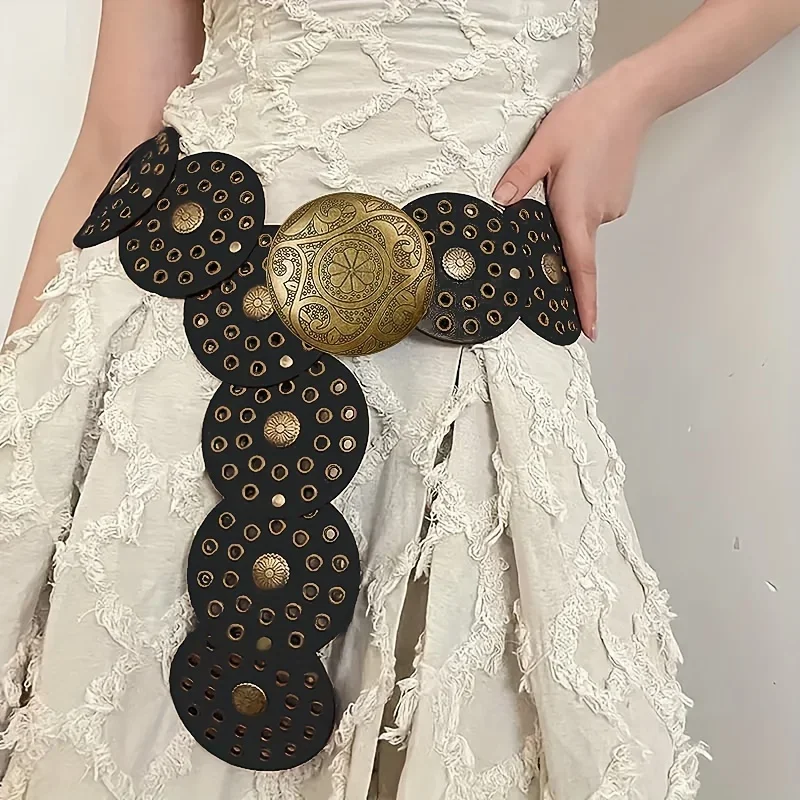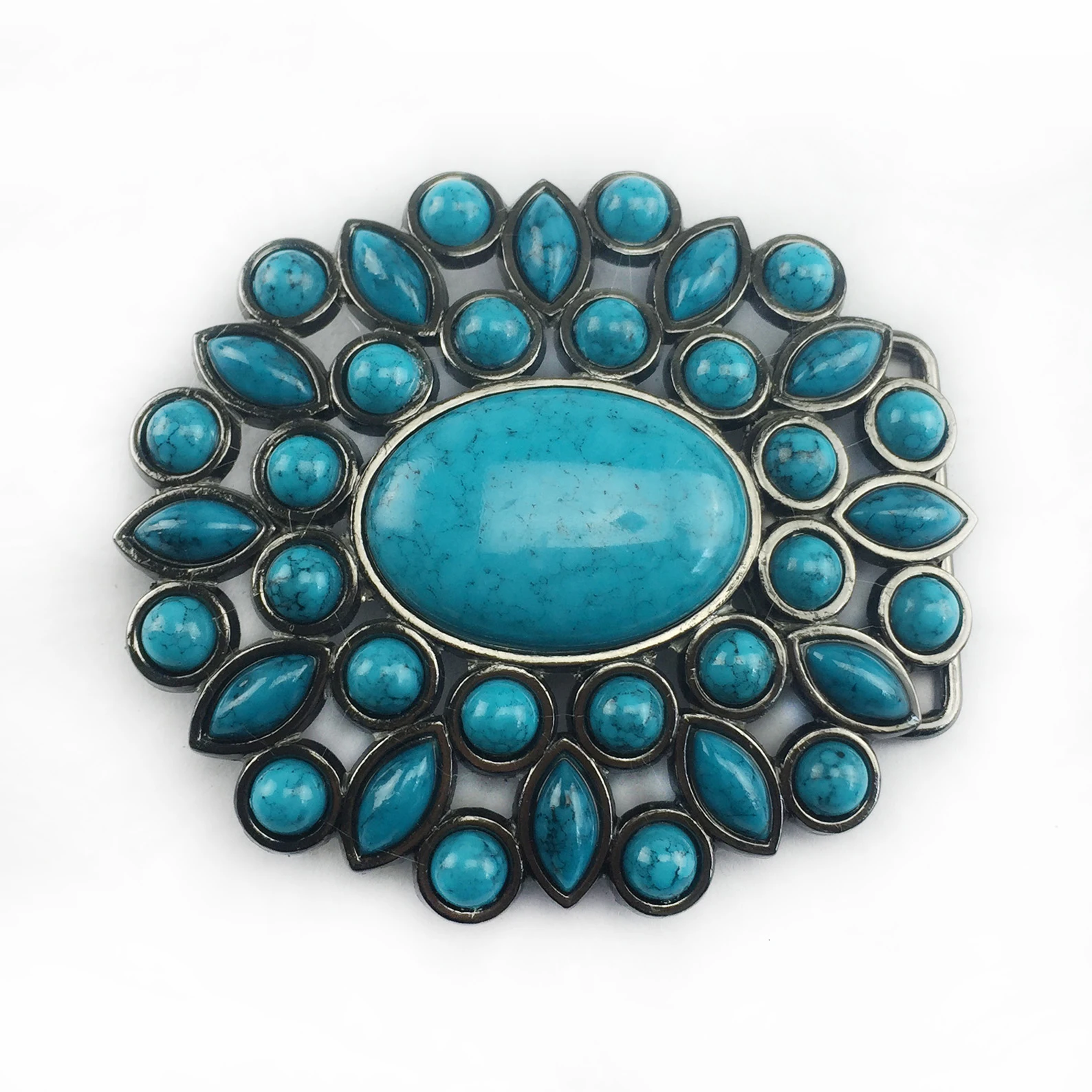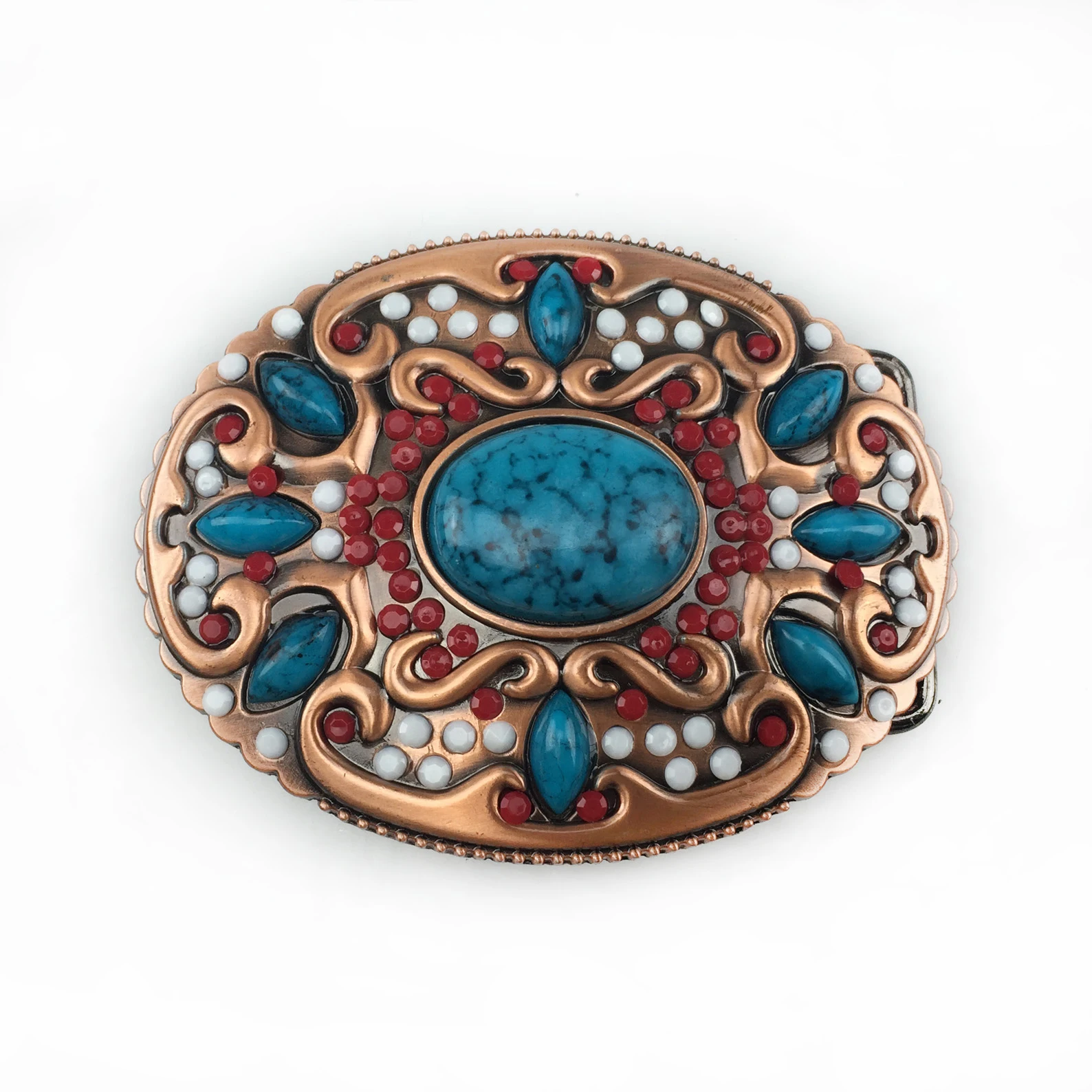
These have made a remarkable journey from rugged utility pieces to iconic fashion statements. Once essential accessories of the American frontier, these have transformed into timeless accents that add both charm and personality to modern wardrobes. Known for their unique craftsmanship, intricate designs, and bold buckles, these belts are no longer just for cowboys and cowgirls—they’re embraced by fashion enthusiasts everywhere.
Whether you’re aiming for a hint of rustic charm or a full-on western-inspired look, a well-chosen belt can be the perfect finishing touch. This ultimate guide will dive into the world of stylish western belts, covering their history, unique benefits, and, most importantly, where to find the best options available today. So, saddle up and get ready to discover the belts that blend classic heritage with contemporary style!
A Brief History of Western Belts
- The history of the western belt is rooted in the rugged lifestyle of cowboys and pioneers in the American West. Originally, these belts were crafted with pure functionality in mind, designed to help secure heavy clothing and hold essential tools. The simplicity of their early designs was overshadowed by their practicality, as they allowed ranchers and cowhands to carry their gear with ease while riding horses and managing livestock. During this period, the western belt was just a tool, but its evolution was only beginning.
- As the cowboy way of life gained cultural traction in the late 19th century, western belts began to take on more significance in style and status. Cowboys, ranchers, and settlers viewed their attire as an extension of their resilience and individuality. The western belt, once a mere functional accessory, became a symbol of the rugged, self-reliant American spirit. Belts began to incorporate decorative elements like hand-tooled leather, etched designs, and distinctive stitching, making each one unique to its wearer. This early focus on craftsmanship laid the foundation for the western belt’s transformation into a fashion statement.
- By the early 20th century, these began to feature more intricate designs as skilled leather artisans infused them with artistry. Belts were often embossed with floral or geometric patterns, combining durability with beauty. Additionally, metal embellishments, such as silver studs and conchos, became popular, adding a touch of flair. These designs were inspired by influences ranging from Native American motifs to Spanish colonial art, which had a strong impact on Western American culture. These added touches elevated western belts, blending cultural influences with cowboy heritage.
- The western belt reached new heights of popularity in the mid-20th century, especially through the growing influence of Hollywood. Western films and TV shows brought the cowboy lifestyle to audiences around the world, sparking a fascination with the Wild West aesthetic. Belts with oversized buckles and intricate designs became synonymous with the heroes and heroines of Western films. Movie stars like John Wayne and Clint Eastwood popularized the look, making it a must-have accessory for fans of the genre and adding an element of glamour to their rustic origins.
- With the western trend flourishing, belt buckles evolved into their own art form. Buckles became larger and more elaborate, often crafted with silver, gold, and turquoise stones, and frequently bearing symbols such as stars, horses, or intricate scrollwork. These allowed individuals to personalize their belts further, making them both a bold accessory and a conversation piece. By this time, a western belt was more than just a belt—it was a piece of wearable art that expressed the wearer’s identity, interests, and regional pride.
- As fashion evolved into the late 20th century, so did the versatility of the western belt. No longer confined to cowboys or ranchers, western belts began appearing in urban settings, thanks to their appearance in pop culture and on the music scene. Rock stars and country musicians alike adopted the belt’s bold aesthetic, and it became popular across various fashion subcultures, from country-western fans to punk rock enthusiasts. These, with their rugged and rustic appeal, appealed to anyone wanting to make a statement.
- Today, continue to evolve, offering styles that range from traditional designs to modern interpretations that cater to diverse fashion tastes. Many contemporary designs retain the classic elements of hand-tooled leather and oversized buckles but incorporate fresh twists, such as color-dyed leather, updated buckle shapes, and even sustainable materials. This fusion of traditional craftsmanship and modern trends has made a versatile accessory that complements a variety of outfits, from jeans and T-shirts to skirts and dresses.
- Western belts now hold a unique place in fashion, beloved by designers, celebrities, and fashion-forward individuals around the world. What once symbolized life on the American frontier has become a universal fashion staple, celebrated for its versatility and flair. The belt’s unique ability to combine functionality with artistic expression has cemented its place as a fashion staple for both men and women, appealing to anyone looking to add a touch of rugged sophistication to their wardrobe.
- In many ways, the western belt is more than just an accessory—it’s a tribute to the American spirit and a testament to the blend of functionality, resilience, and personal style that defines Western culture. As it continue to evolve, they carry with them the spirit of the frontier, offering a stylish link to a rich history while paving the way for new fashion possibilities.
Benefits of Wearing Western Belts
1. Versatile Styling
Western belts are incredibly versatile, adding a touch of personality to nearly any outfit. They can be styled with casual jeans and T-shirts, tailored slacks, or even dresses, creating a blend of classic and modern aesthetics. This flexibility makes them suitable for various occasions, from a relaxed weekend look to a more polished, dressed-up outfit. The unique flair that a western belt brings allows it to transform even the simplest outfit into a standout look.
2. Durability
One of the standout features of it is their durability. Crafted from high-quality materials, often genuine leather, these belts are built to withstand daily wear and last for years. Leather belts, especially, tend to age beautifully, acquiring a patina that adds to their character. This long-lasting quality makes a worthwhile investment, as they provide both functionality and style that endure over time.
3. Unique Designs
Western belts are renowned for their distinctive and creative designs. From embossed patterns to hand-tooled leather and decorative buckles, these belts offer endless style possibilities. The variety in designs allows wearers to select belts that resonate with their personalities and fashion tastes. Whether someone prefers a more subtle look with minimal embellishments or a statement piece with vibrant colors and an oversized buckle, there’s a western belt for every taste.
4. Cultural Significance
Wearing a western belt can serve as a subtle nod to the rich history and culture of the American West. These belts embody the spirit of resilience, independence, and adventure associated with cowboy culture and the frontier lifestyle. For many, wearing a western belt is more than just a fashion choice—it’s a way to honor that legacy and connect with a piece of American heritage.
5. Comfort
Despite their rugged appearance, many western belts are designed with comfort in mind. The materials used, particularly leather, offer flexibility and mold to the wearer’s body over time. This comfort makes suitable for everyday wear, providing support without compromising ease of movement. Additionally, many feature adjustable buckles, allowing for a customized fit.
6. Expressive Buckles
These often come with eye-catching buckles that add an extra layer of personality to the accessory. From silver and turquoise to engraved or oversized buckles, each buckle can make a statement and reflect individual style preferences. The buckle can serve as a conversation piece, adding a touch of boldness to any ensemble, and is easily interchangeable, allowing wearers to switch up their look.
7. Versatility Across Fashion Styles
While western belts originated within cowboy culture, they have found their way into a variety of fashion subcultures, from country and rock to boho and even high fashion. Their ability to blend with different styles makes them an adaptable accessory that can evolve with changing trends. Whether paired with cowboy boots or urban sneakers, a western belt seamlessly transitions between various fashion statements.
8. Statement-Making Potential
These offer a unique way to stand out, as they’re not as commonly seen in everyday wardrobes compared to standard belts. The bold designs, intricate patterns, and striking buckles make them ideal for anyone looking to make a statement. They can serve as the focal point of an outfit, adding intrigue and character that draw attention and convey a sense of individuality.
9. Eco-Friendly Choices
For eco-conscious consumers, many western belts are made from sustainable materials like vegetable-tanned leather or recycled metals for the buckles. Some artisans and brands prioritize eco-friendly production methods, which can make these belts a responsible fashion choice. Choosing a high-quality western belt crafted with sustainability in mind means enjoying a durable, stylish accessory with a lower environmental impact.
Where To Buy Stylish Western Belts
If you’re ready to add a western belt to your wardrobe, look no further than the Western Belt Boutique. This online store specializes in a wide range of western belts for both men and women, offering high-quality options that suit various tastes.
1. Western Belts for Men
These are designed to provide a rugged yet polished look. They come in various styles, from classic black leather to colorful, embellished options. Here are a few selections:
- Western Belts for Men: This collection features durable materials and stylish designs that complement any outfit, whether for work or play.
2. Western Belts for Women
These offer a blend of elegance and attitude, enhancing feminine outfits with a touch of rustic charm. The selection includes:
- Click here to Buy!: Discover fashionable options that accentuate your waist and add flair to dresses, skirts, and jeans.
3. Leather Western Belts
Leather western belts are timeless pieces that never go out of style. Known for their durability and classic appeal, these belts are a must-have for any wardrobe.
- Leather Western Belt: This option is perfect for those who appreciate high-quality craftsmanship and elegant design.
Tips for Choosing and Styling Western Belts
1. Choose the Right Width
Western belts come in various widths, so pick one that complements your outfit and body type. Thinner belts work well for a subtle touch, while wider belts make a bold statement. Wider belts tend to pair well with jeans, while thinner belts are more versatile and can be worn with dresses or skirts.
2. Match with Your Footwear
For a polished look, match your belt with your footwear. Pair brown or tan leather belts with similarly colored boots or shoes, or add a splash of color by matching a unique belt design with standout footwear. This creates a cohesive look that enhances your overall outfit.
3. Choose a Buckle that Reflects Your Style
Buckle styles range from simple to ornate, so select one that matches your personality. If you prefer a minimalist look, go for a sleek, understated buckle. For a more daring statement, try oversized or embellished buckles with detailed engravings, gemstones, or Western motifs.
4. Experiment with Textures
Western belts come in a range of textures, from smooth leather to embossed or tooled designs. Try mixing textures to add depth to your outfit. Pair a textured belt with simple clothing pieces for a balanced look, or layer textures if you’re feeling bold.
5. Consider the Color
While traditional come in shades of brown, black, or tan, there are also colorful options for those looking to make a statement. Darker colors are generally more versatile, while colored belts can add a pop of personality to a neutral outfit.
6. Don’t Be Afraid to Layer
Western belts can add flair to layered outfits. Try wearing one over a long cardigan, blazer, or even a dress for a stylish and structured look. This technique works well with both slim and wide belts and adds a trendy edge to any ensemble.
7. Pick Quality Materials
Since these are an investment, prioritize belts made from high-quality materials like genuine leather. High-quality belts not only last longer but also develop a beautiful patina over time, adding to their character.
8. Find the Right Fit
Ensure your belt fits comfortably around your waist or hips, depending on where you plan to wear it. Belts that are too tight can be uncomfortable, while those that are too loose may not provide the structure you need. Opt for adjustable buckles or multiple size options for versatility.
9. Have Fun with Patterns and Embellishments
Western belts come in a variety of styles, from floral embossing to metal studs and conchos. Don’t shy away from unique patterns or embellishments, as they add a touch of personality and can make your outfit stand out. Just balance it with simpler clothing to let the belt be the focal point.
Conclusion
In conclusion, these are more than just accessories; they’re wearable pieces of history, culture, and style. From their rugged beginnings on the American frontier to their current status as fashion icons, these have proven their versatility and appeal across generations. Their unique designs, durability, and ability to blend with almost any outfit make them timeless additions to any wardrobe. Whether you’re drawn to the intricate details, the cultural heritage, or the bold statement they offer, a well-crafted western belt can elevate your style and tell a story all its own.
So, if you’re ready to add a touch of the West to your fashion collection, explore the wide variety of western belts available at trusted retailers like Western Belt Boutique for men’s, women’s, and leather options. Whether you’re aiming for a subtle hint of rustic charm or a bold centerpiece, there’s a western belt that’s perfect for you. Embrace the legacy, enjoy the style, and let your western belt be more than just a belt—make it a reflection of your unique personality.



